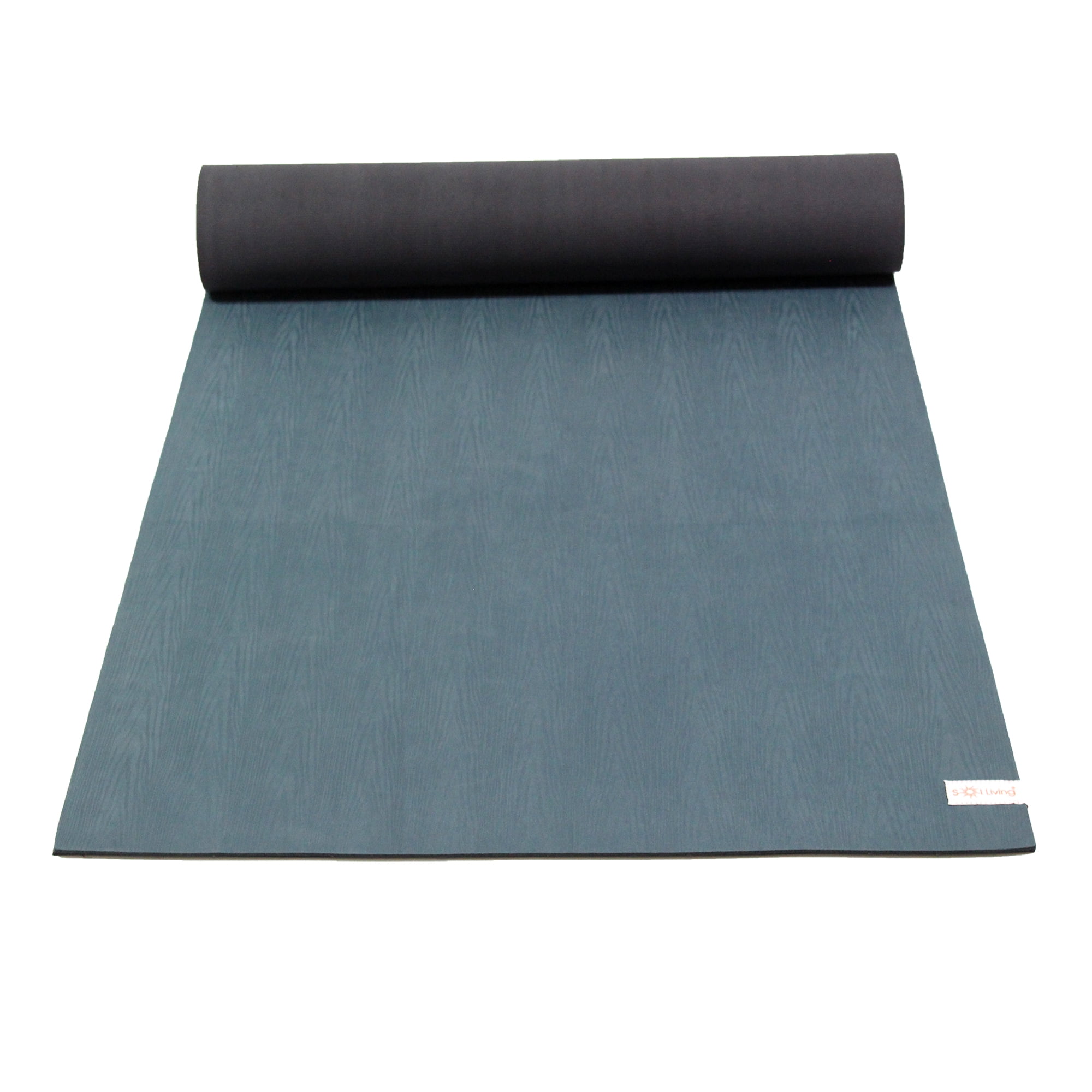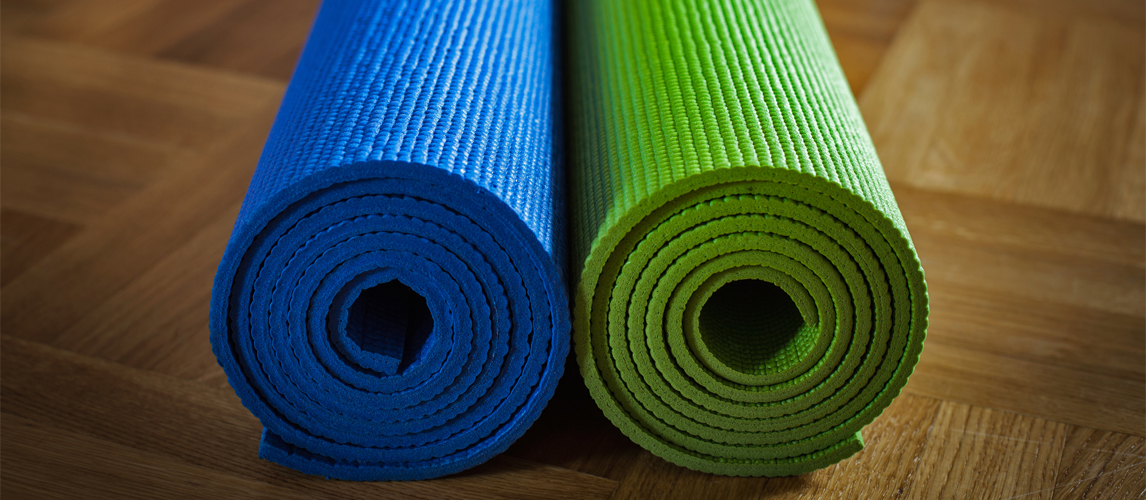

If you’re a Princess-and-the-Pea type, any bumpy texture will likely aggravate you in savasana. And because texture affects the way a yoga mat feels, it’s also a component of overall comfort. It provides physical barriers to sliding (whereas stickiness relies on suction).

Like stickiness, texture affects how much slipping and sliding you do. Why it’s important: The texture of your yoga mat dictates how much traction it provides.

Sponginess can vary widely with different blends of materials, but in general, PVC has the most "give" of any yoga mat material jute and cotton have the least.īeyond these fundamentals, read on and let your other priorities - texture, stickiness, and eco-friendliness - be your guides. If you want to stick with the tried and true sticky mat, choose a yoga mat made out of PVC, which can endure your use and abuse for more than a decade. Newer, more earth-friendly options include natural and recycled rubber, jute, and organic cotton or natural cotton (which means the fabric is not treated with synthetic finishes during manufacturing).īasic buying guidelines: If you're allergic to latex, avoid yoga mats made of natural rubber. Options: Most standard yoga mats are made of PVC, otherwise known as vinyl.

Why it’s important: The material your yoga mat is made of dictates its texture, stickiness, eco-friendliness, and sponginess (how much it yields to pressure), and how it wears over time. And if you absolutely must be able to pack your yoga mat in a suitcase or carry-on, get yourself a foldable travel yoga mat in the 1/16 inch range. If you don’t mind carrying and storing a little more heft for the sake of more cushioning, consider a premium yoga mat that's about 1/4 inch thick. If you're short on storage space, have a long schlep to the studio, and like the feel of just a little padding, opt for a standard-depth mat, in the 1/8 inch range. They fold easily and don’t weigh much, making them a cinch to fit in a suitcase.īasic buying guide: Consider how much room you have to stow your yoga mat, how important portability is, and where your sweet spot is on comfort versus being able to feel a direct connection to the floor. There are also wafer-thin yoga mats, often billed as “travel yoga mats,” that are a mere 1/16 inch thick. Options: A standard yoga mat is about 1/8 inch thick, while the thickest are about 1/4 inch. The tradeoff is that thick yoga mats (some as thick as 1/4 inch) can make it harder for you to feel a strong connection to the floor, making you more wobbly in Tree Pose, for example. Why it’s important: The thickness of your yoga mat has a lot to do with how comfortable it is - too thin, and your knee may get banged up during crescent lunge. No matter what the stores tell you, that’s the best yoga mat for you! 1. Use this guide to help you find a yoga mat you can be blissfully happy with - one that suits your practice, priorities, lifestyle, values, and budget. These aspects of your mat's personality are all affected by how the mat is made: how thick it is, what it's made of, and its surface texture. You may also want your mat to be environmentally friendly. Now, there’s a yoga mat to suit every priority and preference.īeyond a color and pattern that suits your style, your yoga mat needs to keep you stable in your poses it needs to be storable and portable, yet comfy and cushy. Fifteen years ago, there was only one basic type of yoga mat - made of PVC and noted for its stickiness - and your only choice was whether to buy purple or blue.


 0 kommentar(er)
0 kommentar(er)
